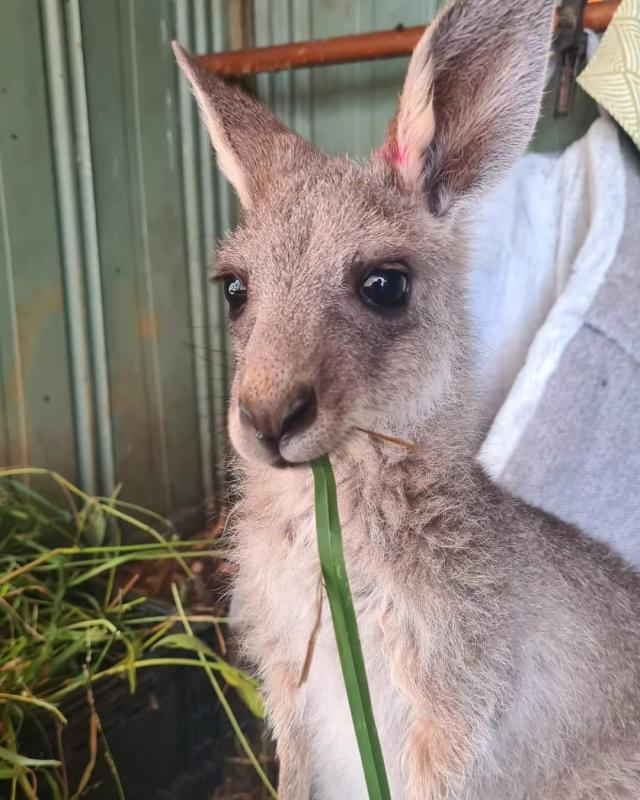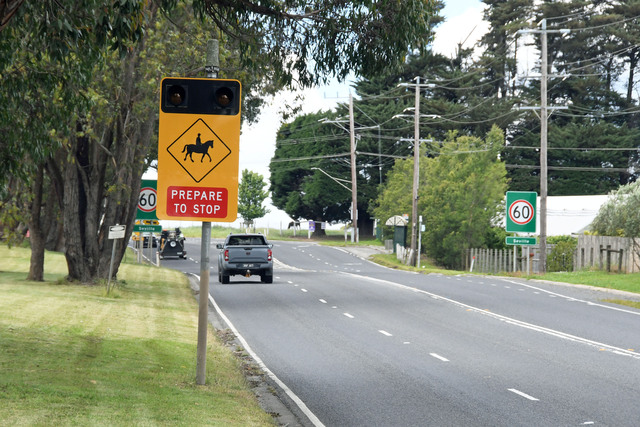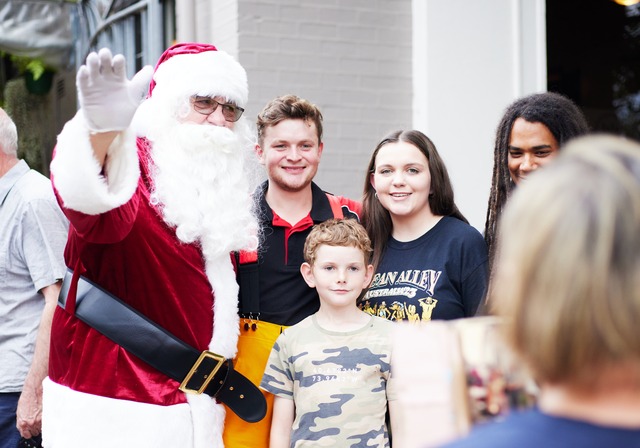Animal rescue groups and the chief animal rescue authority in Victoria are at odds, with delays blowing out and leaving injured animals without quick and adequate care.
Wildlife Victoria has operated as a non-profit charity since 1989 and is the first port of call for its 24/7 wildlife emergency response service to incidents of sick, injured, or orphaned native animals.
However, according to a report by the ABC on Monday 10 February, animal rescue groups and carers are angry, with Wildlife Victoria’s responses blowing out to more than a day after receiving reports of injured animals.
Raewyn Jeganathan operates the Waratah Wildlife Shelter in Big Pats Creek and has volunteered for Wildlife Victoria for a number of years and said the current situation is infuriating.
“Over the past six to 12 months I’m hearing from a lot more people that they have tried to contact Wildlife Victoria and have been on hold for an hour or more and these people have often called me directly, but I’m just one person and two volunteers, and if I can’t help, I would generally direct them to Wildlife Victoria because they have a much broader reach than I do,” she said.
“I know it’s difficult when they’re getting a large number of calls in but people’s goodwill only stretches so far and because it’s a really difficult and drawn-out procedure for them to report this animal, I’m sure there are a certain number of people that put it in the ‘Too Hard’ basket and walk away.
“And the reason the workforce isn’t there, I believe, is more around stupid little interpersonal politics than actual, genuine issues that would require someone to be stood down.”
12 Wildlife Victoria volunteers have been ‘let go’ due to breaches of Wildlife Victoria’s code of conduct.
Ms Jeganathan said they need to recognise that people who volunteer with wildlife are generally quite passionate people who do it because they love and care about the animals.
“There are going to be times when people disagree and they should be able to voice their opinion without fear of being stood down or let go,” she said.
“Ultimately it impacts the animals because they’ve got ‘x’ amount of rescuers and experienced carers being stood down and there just isn’t a workforce there to attend to the number of calls that they’re getting,”
“And because they have this whole policy thing of not liking to refer things on and all that, they won’t call other rescue groups, for example, if there’s something up in the Yarra Valley, they don’t like to call up a Yarra Valley wildlife shelter and refer it to them and you end up with cases sitting on the board for hours if not days without getting any attention.”
The pathway to becoming a licensed wildlife rehabilitator or shelter is through the Department of Energy, Environment and Climate Action (DEECA) before the shelter can then register with Wildlife Victoria. According to the ‘Help for Injured Wildlife’ tool on the DEECA website, the nearest registered rehabilitator to the Yarra Ranges is based in Kinglake.
Wildlife Victoria CEO Lisa Palma said as a volunteer wildlife rescuer and carer herself, she understands the distress wildlife rescuers experience every day responding to sick, injured, and orphaned native wildlife.
“In the face of significant increase in demand for our services and despite operating as a charity in a chronically underfunded sector, we are working incredibly hard every single day of the year to ensure the best outcomes for our native wildlife and would like to assure the public that every call for help is appropriately responded to,” she said.
“Wildlife Victoria receives less than seven per cent of its annual operating costs from the state government and is reliant on the support of the public to continue to operate.
“Without systemic change and an uplift in funding across the entire sector, Victoria’s native wildlife will continue to bear the brunt of the escalating impacts of climate change, habitat destruction, and urbanisation, and those volunteering and working to help them will be placed under increasing pressures.”
According to the Wildlife Victoria website, in the 2024 calendar year, Wildlife Victoria received 160,063 calls to their Emergency Response Service, including 3145 rescues in the Yarra Ranges, the third most of any LGA in the state. The organisation also had 134 foster carers, 161 shelters, 1093 rescuers and 1072 transporters volunteering for them.
With potential solutions such as professionalising wildlife rescue and an internal review of Wildlife Victoria being suggested, Ms Jeganathan said she can’t imagine the service being professionalised in her lifetime.
“There would be so many things to organise and it’s so fractured at the moment, there are so many little groups and independent shelters and to try and unite them all is going to be very difficult,” she said.
“I think Wildlife Victoria needs a real overhaul and review on how they’re operating, who they’re involving and why they’re standing people down and if they’re actually valid reasons or if they’re just interpersonal drama.
“Wildlife Victoria has the potential to be the key to wildlife care and at least be the organisation that facilitates communication between the wildlife carers but at the moment it’s just not doing that, but I don’t know what the solution is and I’m realistic enough to know that there is no magic solution and that no organisation is going to be perfect.”







